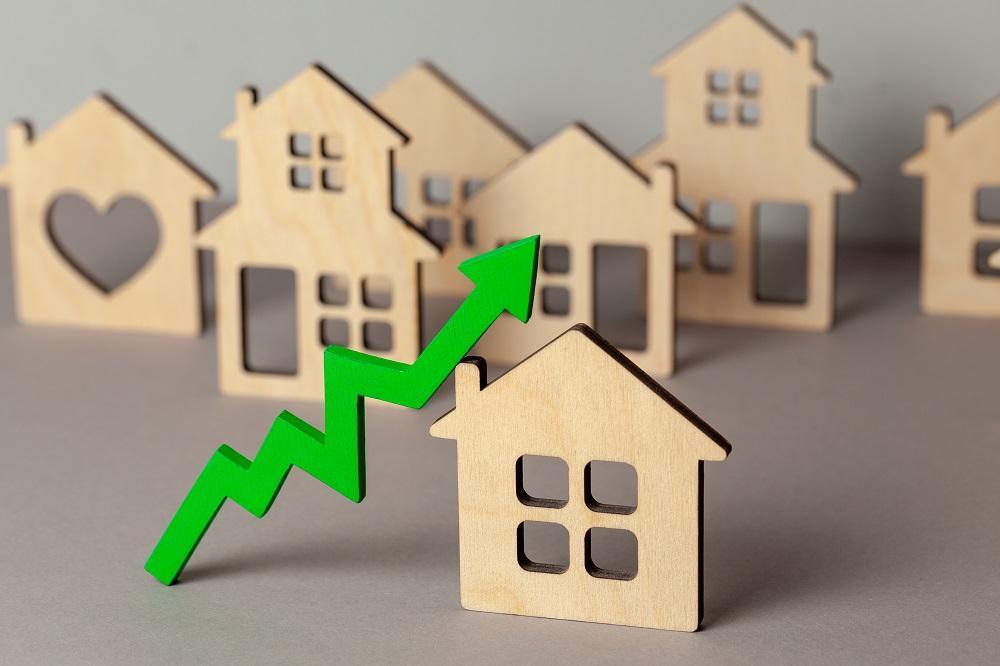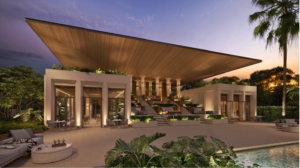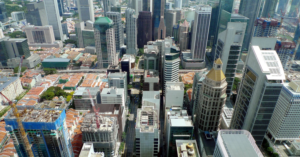London’s real estate market is more active as a result of increased post-Brexit certainty. The fourth quarter of 2019 witnessed a surge in sales in London’s luxury real estate market due to a 3% tax on foreign buyers of houses in the United Kingdom, which was included in Boris Johnson’s Conservative party’s election agenda. Compared to the same period a year ago, the number of transactions involving London’s most costly houses increased by 78%, as did the number of home sales in the city’s most expensive areas. As 2020 diminishes much of the uncertainty after the conclusion of the Brexit withdrawal deal, favorable conditions are converging for a robust spring market, unleashing pent-up demand for luxury homes.

Clarity Influencing Demand
After an extended period of political uncertainty that resulted in the Brexit withdrawal deal and the election, the residential real estate market in London’s finest neighborhoods has returned to growth. Since December 2019, the number of homes listed by new sellers has gradually climbed, while the average asking price has risen by 2.1%, according to the Rightmove House Price Report. The victory of the Conservative Party is also excellent news for luxury house purchasers since a Labour victory would have resulted in unfavorable adjustments to taxation and changes to landlord rules.
As a result of the conclusion of the Brexit drama, sellers are gaining confidence in a market that is no longer impacted by Brexit deadlines. Even after the late 2019 purchasing frenzy that ensued in the hours following the outcome of the general election, confidence is increasing among affluent foreign purchasers, with demand rising gradually. Better political and economic stability has bolstered purchasers’ confidence, resulting in a cautious but more assured approach. According to Ed Lewis, Head of London Residential Development Sales at Savills, there is a common belief that the London prime market has turned a corner and that residential property is now more affordable. Since the new year, increasing activity in these markets and recovery of buyer confidence appear to support this assertion.
Timely Bargain
Although extraordinary amounts of demand are also driving up asking prices, premium London sales prices were 5.5% lower than the previous year. As a result, the luxury residential market is still stocked with bargains; despite cautious optimism, sellers are still unwilling to raise prices excessively so as not to derail the newly buoyant residential market.
Prime Markets
In London’s most expensive neighborhoods, including Mayfair and Chelsea, luxury home sales climbed by 34% in the latter months of 2019 and into 2020. The golden postcodes of SW1 and W1 in London have witnessed the majority of recent activity. “Neighborhoods like Marylebone and Fitzrovia appear to be lively and interesting areas in the heart of Prime Central, but at a lower entry price than Mayfair,” says Lewis. Due to Canary Wharf’s success and the development of micro-cities such as Barking Riverside, the boroughs of East London have had the most significant property price increases since 2014. Crossrail Line, slated to open in 2021 and departing from Shenfield in Essex, is sparking an upgrading of Elizabeth line’s eastern branch town centers. Redbridge is predicted to have the most enormous price growth of any borough, at 17%, with Lewisham, Barnet, Islington, Haringey, and Richmond also anticipating double-digit price increases.
Despite widespread global unpredictability, London remains an appealing destination to invest in domestically or internationally. Critical arguments for “why London?” persist: security of tenure, currency, language, time zone, excellent education, a vast tenant pool, a wide variety of property types, and the city’s diversity. In the final few months of 2020, Lewis thinks that the hubbub around the United Kingdom’s trade pact may rise to the surface, but London “will always remain a fantastic aspirational city.”








